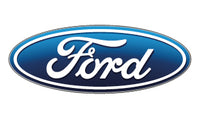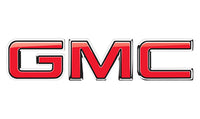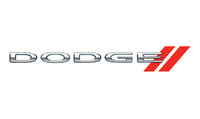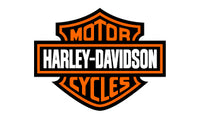The principle behind a car’s steering system is, fortunately, quite simple but its effects are miraculous. There are just two main types, one called rack and pinion and the other, recirculating ball. The former dominates the car world, while the latter is found in trucks and some heavier cars such as SUVs.
What must a steering system do?
A steering system must turn the front wheels in the direction you wish to go but it must also do so accurately and effortlessly. It uses gears to accomplish this last goal with the result that on most systems, it takes around four turns of the steering wheel to turn the front wheels just a few degrees from far left to far right.
The precise number of steering wheel turns can differ between cars, with sports cars typically requiring fewer, and family cars more. This relationship of steering wheel effort to road wheel response is called the ‘steering ratio.’
It’s calculated by dividing 360 degrees, or one complete turn of the steering wheel, by the number of degrees the wheels turn left or right. So, for example, if they turn 20 degrees, the ratio is 18:1, expressed as ‘18 to one’. The lower the ratio, the quicker the steering response, and vice versa.
However, even on a car with a high steering ratio that takes less effort, you’ll still find it next to impossible to turn the steering wheel. That’s why steering systems are power-assisted.
That all this twirling feels so connected is down to the way the steering system is constructed and the fact that it can allow for movement of the wheels and the suspension without disturbing it.

How does a rack and pinion steering system work?
Rack and pinion is the most common steering system, and preferred by car makers and drivers because it’s simple and direct. The steering wheel turns the steering column which is attached by a coupling (called a universal joint) that transfers the motion to another shaft below it.
This arrangement allows some flexibility in where the steering wheel is located.
This second shaft is attached by its other end to a small gear wheel, called a pinion gear, that engages, or meshes, with gear teeth on one side of a bar, called the ‘rack’, that runs at right angles to it across the width of the car. Depending on which way you turn the steering wheel, the gear winds the rack left or right.
How is a rack and pinion system attached to the wheels?
A track rod – also called a tie rod – is located at either end of the rack. Each track rod is attached to a steering arm which is attached to the wheel hub, to which the wheel is bolted. As the rack moves, all these connections ensure the wheels turn together.
The track rod is the key, though. It’s attached to the steering arm by a ball and socket. This gives each track rod the freedom to move at different rates. This matters because as the car turns a right-hand corner, for example, its inside wheel is more steeply angled than the outer one, which has farther to travel.
If the track rods didn’t allow this difference in angles, the car would crab around corners.
How is it power-assisted?
Most steering systems in modern cars are power-assisted. The dominant system is hydraulic power assisted steering (HPAS). A pump powered by the car’s engine forces hydraulic fluid to operate a piston located at the steering gears.
Depending on which way you’re turning the steering wheel, this piston pushes the steering gears accordingly.
The system knows which way you’re turning the wheel and with what force because it has a torsion bar that twists as you turn the wheel.
This bar is connected to a steering control valve which opens and closes to let hydraulic fluid into a reservoir, where it acts on the piston.
However, more car makers are now turning to electric power assisted steering (EPAS) systems. These require less power to operate so have a vital role to play in reducing fuel consumption.
A small electric motor located either near the steering wheel or on the steering rack provides steering assistance. Early versions were criticised for a lack of feel but modern systems use multiple sensors and complex electronics to vary the steering assistance and provide greater feedback to the driver in terms of steering load.
How does a recirculating-ball system work?
This system is much less common on cars because it’s less sensitive and more complicated than a rack and pinion system. Instead of a pinion gear and a steering rack, it uses a so-called ‘worm gear’, to which the steering column is connected.
This worm gear has a thread cut into its exterior and passes through a block of metal called the nut that has a corresponding thread on its inside walls.
Where the nut and the worm gear mesh, ball bearings, intended to reduce friction as well as take up any slack as the worm gear turns, pass up and down the channels created by the threads. As the balls exit, they are channelled back to the top, giving rise to the term, ‘recirculating ball’.
The nut also has teeth cut into the outside of it which engage with teeth on one end of an arm, called the Pitman arm. This is connected to the steering linkage which has, at either end, track rod ends attached to the wheel hubs.
As the steering wheel is turned, so the worm gear turns the nut which turns the Pitman arm, which moves the linkage and turns the wheels.


























